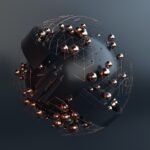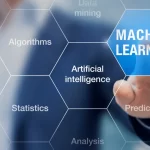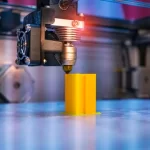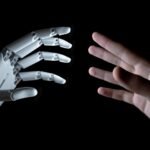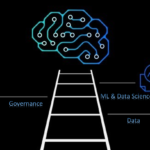AI for Disaster Recovery: AI-powered systems for post-disaster recovery and reconstruction.
Natural disasters, with their devastating impact, disrupt lives, communities, and infrastructure. While the immediate aftermath requires swift and coordinated efforts, the path to recovery and reconstruction is often a complex and arduous journey. In recent years, the integration of Artificial Intelligence (AI) has emerged as a powerful tool to expedite and enhance post-disaster recovery efforts. In this blog, we delve into the transformative potential of AI-powered systems for disaster recovery, highlighting their role in rebuilding resilience and restoring hope in the wake of calamity.
The Role of AI in Disaster Recovery
Traditional disaster recovery and reconstruction efforts are resource-intensive, time-consuming, and often hindered by logistical challenges. AI brings a new dimension to this process by providing data-driven insights, predictive analytics, and automation that streamline recovery operations. AI-powered systems excel in several key areas:
- Rapid Damage Assessment: Drones equipped with AI algorithms can swiftly survey disaster-stricken areas, capturing high-resolution images that AI processes to assess damage to buildings, infrastructure, and utilities.
- Data Analysis and Prediction: AI can analyze historical and real-time data to predict the potential impact of disasters, helping authorities allocate resources and plan for emergencies.
- Resource Allocation: AI algorithms optimize resource distribution by identifying areas with the highest priority for aid and recovery efforts, ensuring that help reaches those in need quickly.
- Infrastructure Restoration: AI-driven robotic systems can assist in the repair and reconstruction of infrastructure, such as bridges and roads, reducing the risks associated with manual labor.
- Risk Assessment and Mitigation: AI models can identify vulnerabilities in structures and communities, offering insights to enhance disaster preparedness and resilience.
Applications in Post-Disaster Recovery
- Satellite Imagery and Remote Sensing: AI processes satellite images to assess disaster impact, map damaged areas, and identify critical needs for response and recovery teams.
- Geospatial Analysis: AI-powered Geographic Information Systems (GIS) aid in mapping and visualizing disaster data, guiding decision-making during recovery efforts.
- Social Media Analysis: AI algorithms analyze social media posts to detect real-time information about disaster-affected areas, helping responders identify urgent needs.
- Supply Chain Optimization: AI optimizes supply chain logistics by predicting demand, ensuring the efficient distribution of food, water, medical supplies, and other essentials.
- Community Engagement: AI-powered chatbots and communication tools facilitate real-time information exchange between affected communities and responders, enhancing coordination and transparency.
Challenges and Considerations
While the integration of AI in disaster recovery offers immense potential, challenges remain:
- Data Availability: Reliable and timely data is essential for AI-driven systems. Access to accurate and up-to-date information may be limited in disaster-stricken areas.
- Ethical Considerations: Balancing the use of AI with ethical considerations, data privacy, and the potential for algorithmic biases is crucial.
- Interoperability: Integrating AI systems with existing disaster response infrastructure and ensuring interoperability can be complex.
Future Prospects
The future of AI in disaster recovery is promising. As AI algorithms continue to evolve, they will become more adept at analyzing complex datasets and making accurate predictions. The integration of AI with emerging technologies such as 5G, Internet of Things (IoT), and drones will further enhance the capabilities of disaster recovery efforts.


















